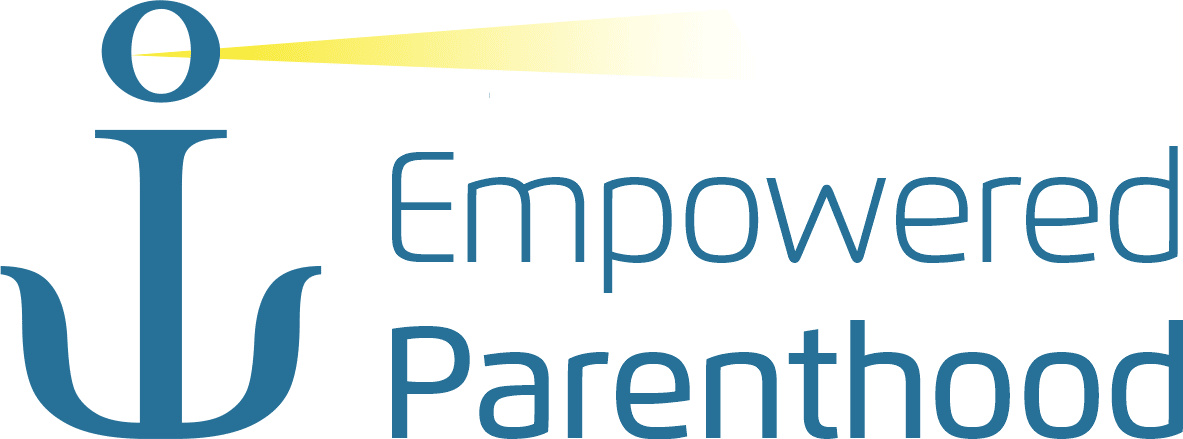In many cases, families of mentally ill people exhibit AED patterns in which mental dysfunction develops into a dependence-accommodation cycle. 55-year-old parents may try to shield their paranoid 24-year-old son from painful exposure to the menacing world “out there”. 60-year-old parents may tread very carefully so as not to upset a precariously balanced 30-year-old daughter suffering from bipolar disorder. 45-year-old parents may help a 19-year-old suffering from acute OCD maintain a sterile bedroom. For as long as the IP remains nested within the “family shell,” AED stays in the family. Once the IP is admitted to a psychiatric institution and non-familial caretakers are introduced, this “bilateral” dependence accommodation transforms into a complex trilateral one between the psychiatric staff, patient, and family. In many cases upon admission, the family and patient—while still engaged in their AED relationships—develop an encumbering emotional dependence on the staff that is demanding, complaining, clinging, and blaming.
From a psychiatric standpoint, Entitled Dependence has been termed the “dark undercurrent” that permeates patient-family and staff relations; it is bothersome, all-present, but clinically unaccountable. How can NVR-based parent and staff training help improve the effectiveness of individual psychiatric treatment during hospitalization? How can it create the much needed continuity between pre- and post-discharge settings?
Given proper staff training, psychiatric hospitalization in cases of AED can be used to improve the individual patient’s condition as well as that of the entire family-patient-staff interaction triad, both before and after discharge.
Our psychiatric ward interventions aim for the following goals:
- Train staff to deal with patient and family entitlement and dependence, and learn to include it systematically in their therapeutic planning and action.
- During hospitalization, train staff to support the patient as they teach families how to de-accommodate their adult child.
- Prepare families to continue de-accommodation after patient discharge.
- After discharge, help preserve the de-accommodated family interaction achieved during hospitalization by following up and continuing parent training.
FURTHER READING:


